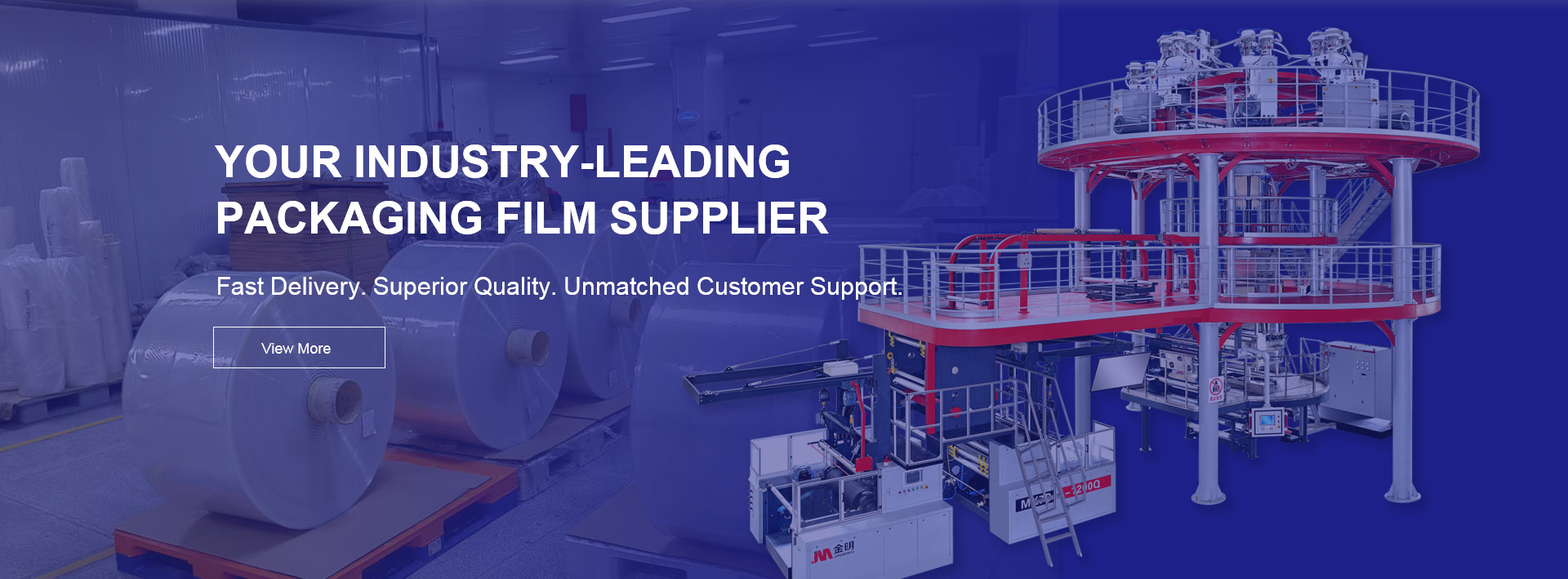
The packaging industry is currently undergoing a major sustainability shift as the world moves closer to more environmentally friendly options. These thin film materials that are eco-friendly are taking center stage in this endeavor by providing innovative approaches to environmental conscienceness as well as upholding high performance standards and efficiency. This paper looks at the recent developments in eco-friendly thin-film materials and their place in transforming sustainable packaging.
The Emergence of Environmentally Friendly Thin Film Materials
Growing Trend Towards Sustainable Packaging
Sustainable packaging has been on demand over the past few years due to increased consumerism concerning ecological issues and strict government measures aimed at reducing plastic waste. Traditional packages like single use plastics have come under scrutiny recently due to their negative effects on environment. As a result, companies have started developing eco-friendly thin films that can be used instead, thereby reducing the carbon emission from packaging products.
What Are Thin-Film Materials?
thin-films refer to light weight flexible sheets used in numerous applications such as packaging. These materials are engineered to provide excellent barrier properties against moisture, oxygen and other external factors. The development of eco-friendly thin film materials is focused on renewable resources, biodegradable polymers, and recycling techniques for creating sustainable packages.
Key Advantages of Eco-Friendly Thin Film Materials
Reduced Environmental Footprint
One of the most significant benefits of these environmentally friendly thin film materials is their reduced environmental impact. Such kind of substances are made using renewable resources as well as biodegradable polymers making them break down faster with less pollution into landfills. This minimization of ecological footprints goes hand in hand with global sustainability goals while also helping organizations enhance their green credentials.
Energy Efficiency and Cost Savings
In most cases, eco-friendly thin-films require less energy during production than traditional package materials thus saving costs. Consequently, manufacturers save on energy used hence a reduced carbon footprint. Additionally, the weight of thin films reduces transportation costs and emissions making it an economical and environmentally responsible choice for packaging solutions.
Versatility and Performance
Despite being environmentally friendly, thin film materials do not lack in performance. They have excellent barrier properties that shield their contents from moisture, light, and oxygen. This kind of versatility makes them applicable to various packaging purposes such as foods, pharmaceuticals, and consumer goods. Eco-friendly thin films can be modified to meet certain specifications like heat resistance, flexibility or durability so that they behave just like conventional materials.
Innovations Driving the Industry
Biodegradable and Compostable Films
Biodegradable and compostable films are among the recent developments in sustainable packaging industry that have created significant impact. These kinds of films are designed to decompose naturally which minimizes environmental impact while supporting circular economies initiatives. For instance polylactic acid (PLA) and polyhydroxyalkanoates (PHA) are becoming popular due to their ability to degrade as well as fit into existing packaging technologies.
Recycling and Upcycling Techniques
Recycling plays a vital role in sustainable packaging industry. Advances in recycling technologies have improved the quality and performance of recycled thin film materials thereby making them alternative to virgin plastics. Upcycling is the process by which waste material is transformed into useful packaging products which further decrease the need for new resources .
Smart Packaging Solutions
The introduction of smart technology to flexible thin-film materials is transforming the packaging industry. Smart packaging solutions can monitor and communicate information about various aspects of a product such as freshness and temperature. These improvements have also improved the functionality of thin-film materials which add value to environmental packaging alternatives while meeting increased consumer demands regarding clarity and convenience.
Challenges and Opportunities
Overcoming Technical Challenges
In spite of the many gains that come with eco-friendly thin films, there are still some technical challenges to be overcome. Development of materials with performance levels similar to those of conventional plastics but which are cost-effective and sustainable requires continuous studies and advancements. Furthermore, it is important to guarantee that they blend with current manufacturing processes as well as recycling facilities if we want large-scale acceptance.
Opportunities for Growth
The demand for sustainable packaging solutions presents significant opportunities for growth in the thin-film materials market. This is expected to increase once more companies start putting environment responsibility ahead in their business practices hence leading to adoption of green thin films. It will only be possible through collaborations among manufacturers, researchers, and policy makers for innovation to happen faster thereby speeding up the shift towards sustainable packaging.
Conclusion: Paving the Way for a Sustainable Future
Eco-friendly thin-film materials are leading the charge toward a more sustainable packaging industry. These materials provide an alternative solution by offering reduced environmental impact, energy efficiency, and superior performance than traditional approaches. The potentiality regarding their effect on packing landscape can be huge as these innovative ideas keep coming up.
The move towards sustainable packaging is not just a fad; it is an inevitable progression driven by consumer demand and corporate environmental consciousnesses. Therefore by using eco-friendly thin film materials firms can support each other’s growth thus attaining sustainability while accommodating any changes happening within their markets. Eco-friendly thin films hold out hope that metamorphose could take place at any moment in time thereby helping this industry to its transformation.